Norway is a wonderful country with gorgeous mountain ranges, plenty of natural beauty to take in, and fascinating cultural traditions. If you want to get some of these lovely species in your life, you can give the plants the nurturing they require.The great thing about Norwegian flowers is plenty to choose from, including wild species, hybrids, and perennials.
Unfortunately, figuring out which blossoms to learn about or even purchase for yourself can be a tedious process. No one wants to spend hours researching plants only to find themselves too overwhelmed to act!
We’re trying to prevent this information overload by displaying concisely written sections about different flowers. The following article has Norwegian plants aplenty to help you decide which to look after. We’ve thoroughly searched for the facts we’ve included below, so we hope you find them helpful!
Even if you just want to look at some pretty pictures, we recommend you scroll down and gaze at the ones we’ve included. Read on!
1. Alpine Draba/Gullrublom ()
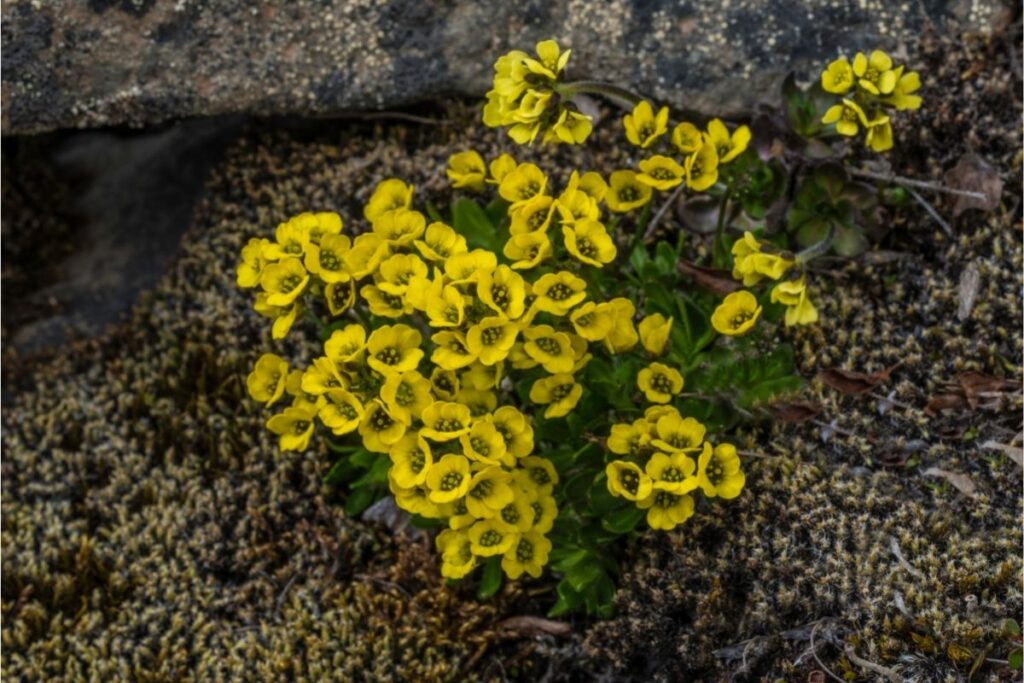
As the name suggests, the Alpine Draba/ Gullrublom (Draba Alpina) thrives in wooded areas and survives in shaded spots. This wildflower produces delicate light yellow petals on a fluffy stem and can thrive in pretty wet conditions.
2. Dovre Draba/Doverublom (Draba Dovrensis)
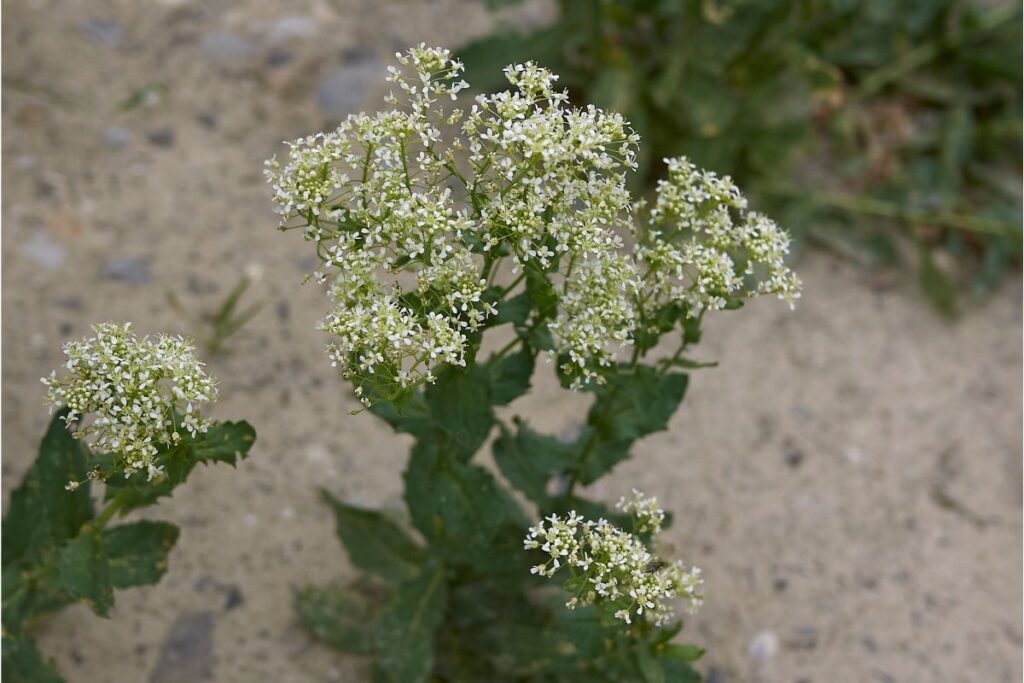
The Dovre Draba/ Doverublom (Draba dovrensis) is a wildflower with a long stalk that produces white petal clusters. To care for this plant, we advise you to put it in a mossy area and make sure you moderately water it so that it produces its long green foliage.
3. Hoary Whitlow-Grass/Lodnerublom (Draba Incana)
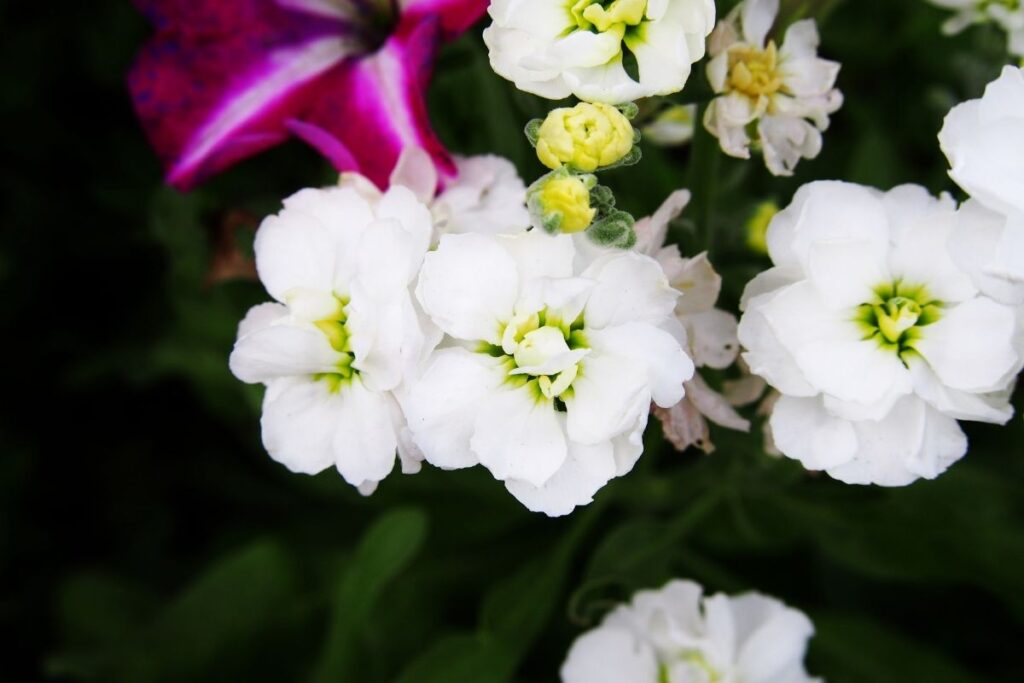
The Hoary Whitlow-Grass/ Lodnerublom (Draba incana) has spiky staggered leaves that reach its fluffy stem. At the top of the stalk is a little collection of white flowers with yellow centers, which add a vibrant sunny element to any Norwegian wild setting.
4. Alpine Bitter-Cress (Cardamine Bellidifolia)
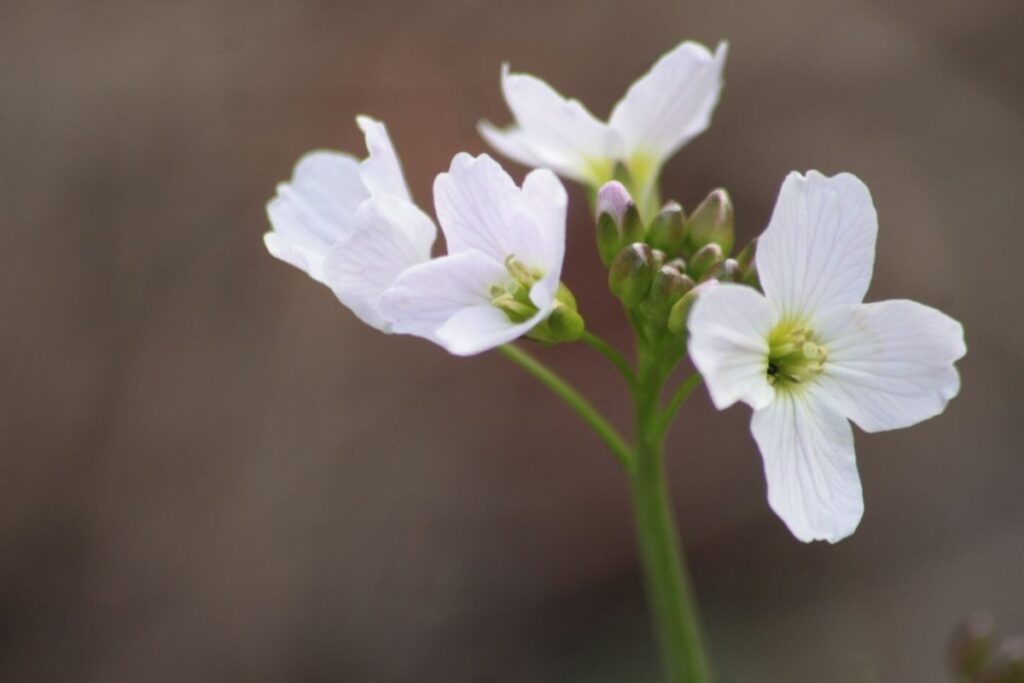
If you’re searching for a plant that will suit a rockery in a cold climate, the Alpine Bitter-Cress (Cardamine bellidifolia) is a perfect option because it can nestle itself into small complex spaces. This species grows shiny rounded leaves, which sit between white four-petaled tiny flowers.
5. Alpine Rock-Cress

Like many wildflowers native to Norway, the Alpine Rock-Cress produces delicate white flowers with a few petals to each one. The leaves on this hardy plant have little spiky bits on them to help prevent predators from munching on them when they’re hungry.
6. Alpine Catchfly (Silene Suecica)
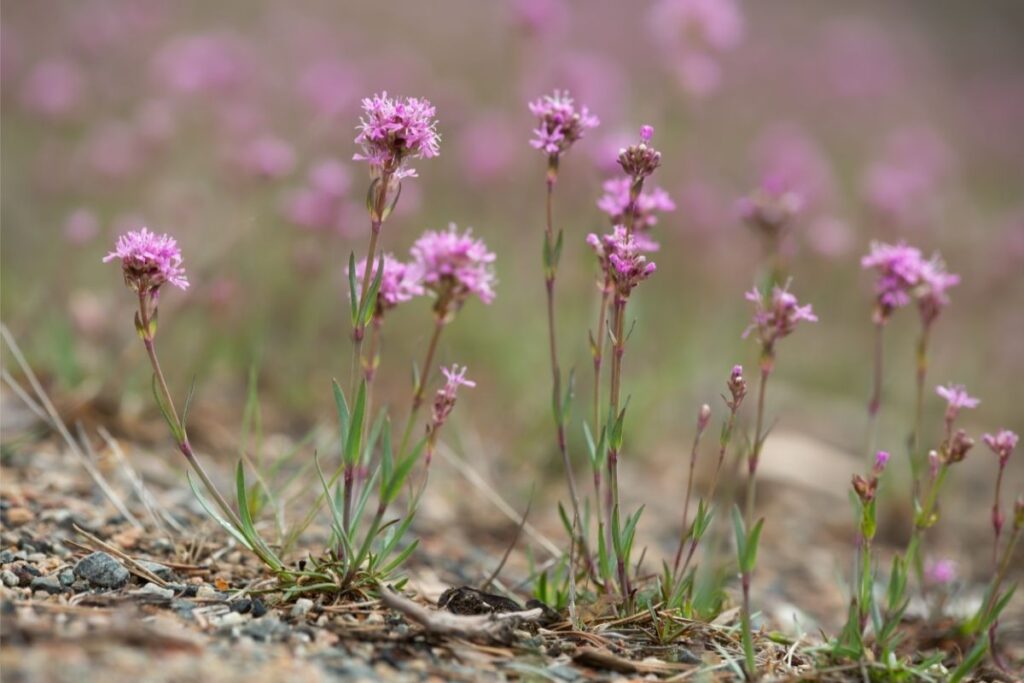
The Alpine Catchfly (Silene suecica) is ideal for those looking for a color pop in their landscaping because it has pretty pink blossoms. The flowers poke above an adorably messy foliage pattern, which can survive in rocky and well-draining soil.
7. Alpine Mouse-ear Chickweed (Cerastium Alpinum)
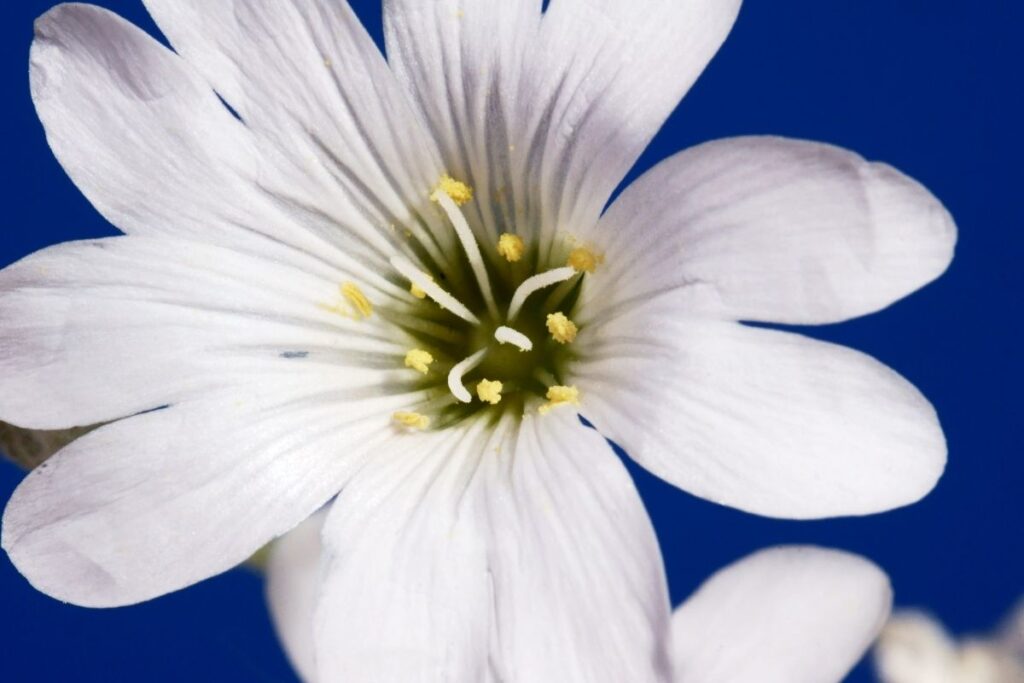
As the adorable name suggests, this plant’s flowers resemble little mouse ears because they have a curving and slightly long shape. To care for this plant properly, we recommend placing it in between some small boulders as it will work its way into the cracks and easily take hold here.
8. Bog Stitchwort/Teesdale Sandwort
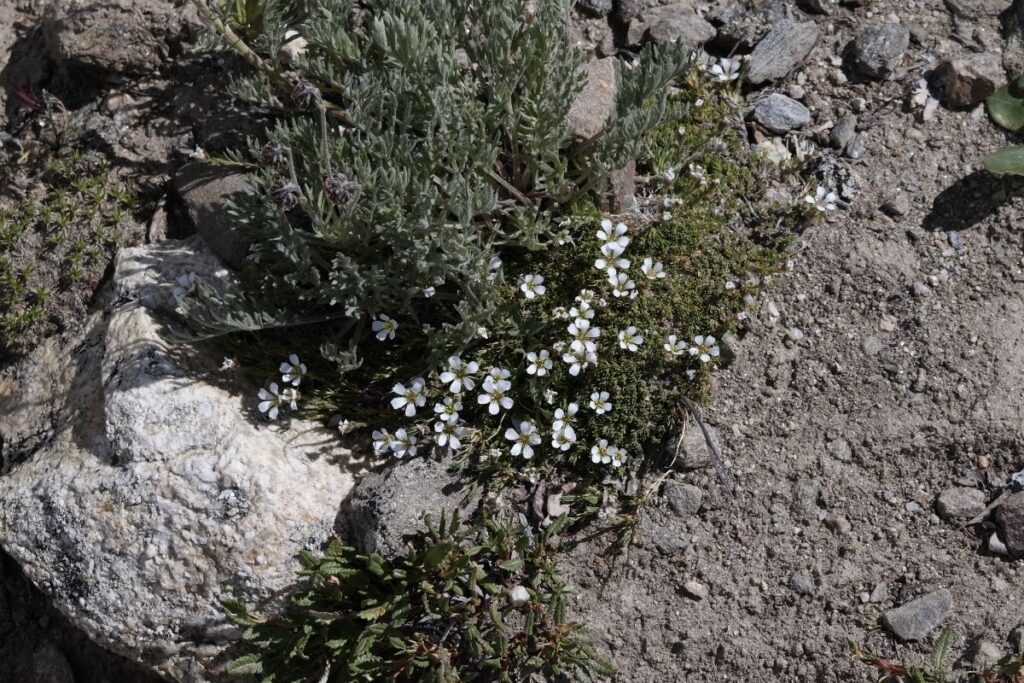
The Bog Stitchwort/ Teesdale Sandwort has dark brown spiky stems, which hold tiny white flowers that face the sunlight. Ideal for placing in an area where you’re struggling to grow anything, these plants are super hardy and can thrive in highly rocky conditions.
9. Tundra Sandwort (Arenaria Pseudofrigida)
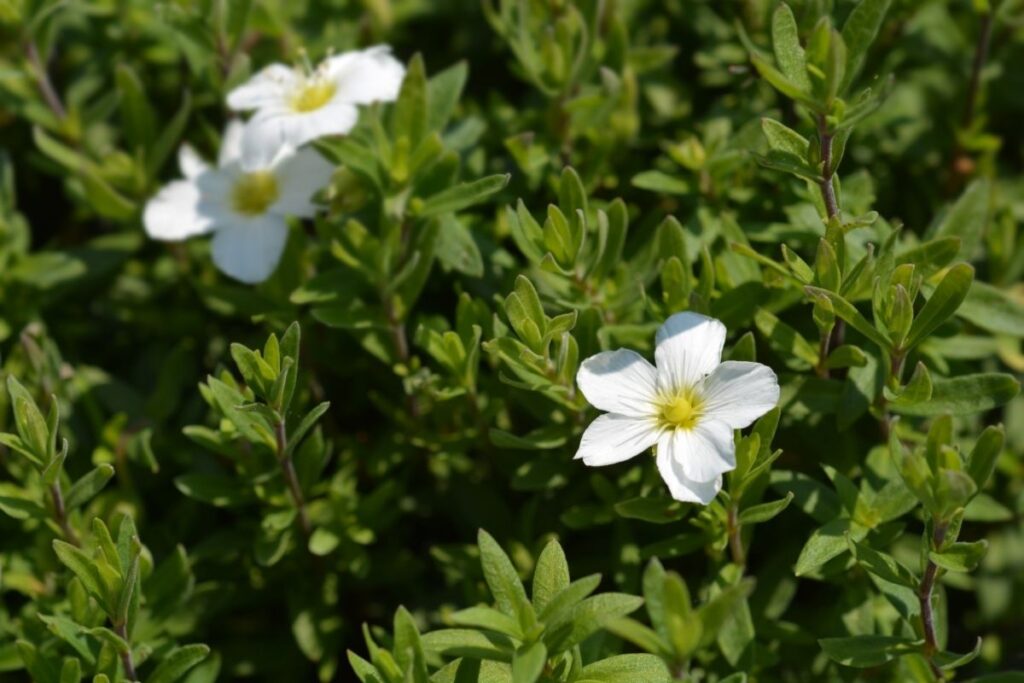
The Tundra Sandwort (Arenaria pseudofrigida) has pretty flowers with five rounded petals and golden yellow centers. This plant is perfect if you’re looking for a bit of space filler, as the bushy foliage will creep and cover a rockery well.
10. Fringed Pink (Dianthus Superbus)
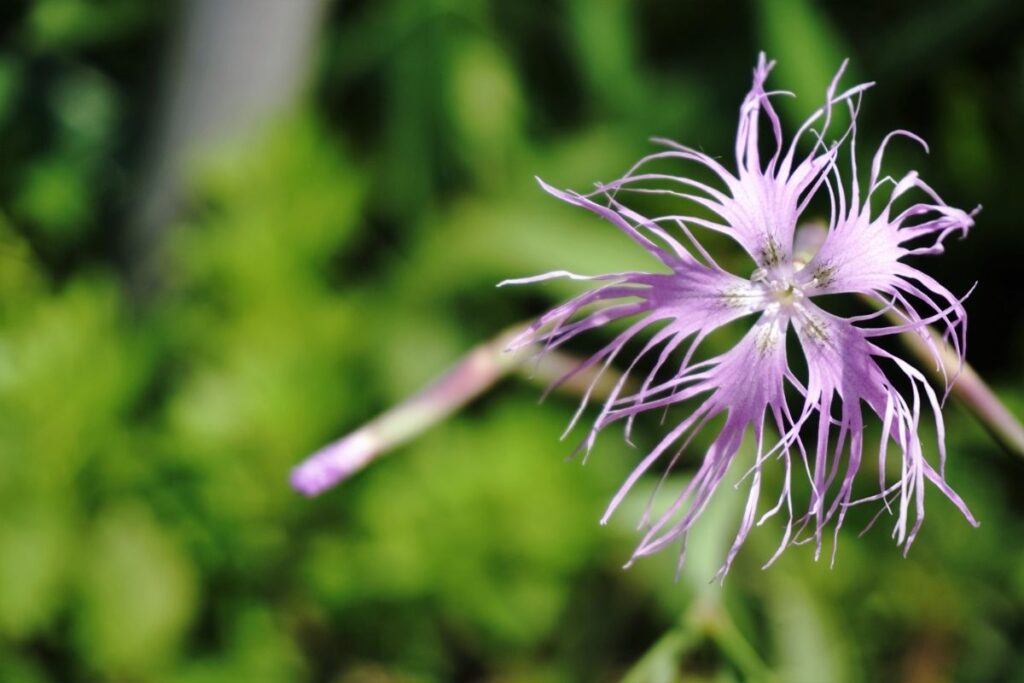
The Fringed Pink (Dianthus superbus) has scraggly purple petals, creating scruffy blossoms that sit atop thin green stems. An additional advantage to getting this plant is it will tolerate being placed in a partially shaded spot.
11. Iceland Poppy (Papaver Nudicaule)
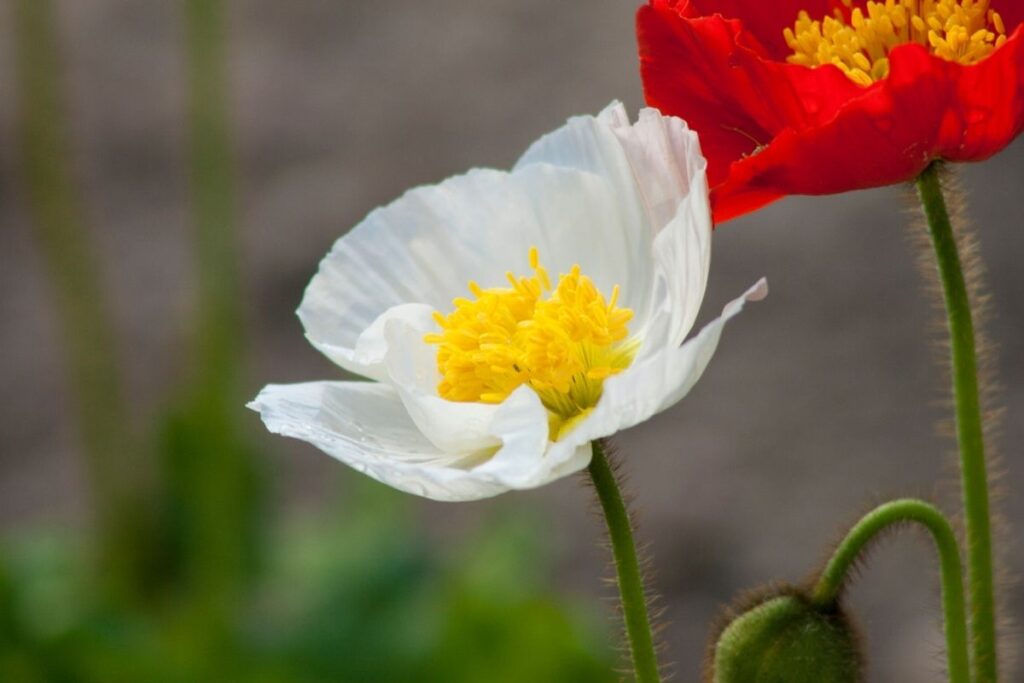
The Iceland Poppy (Papaver nudicaule) is a white flower commonly associated with Remembrance Day and produces eye-catching seed pods. This particular subspecies can survive in harsh, windswept, and mountainous conditions, which means you can enjoy their snowy-colored petals year-round.
12. Lappland Rosebay/Lapprose (Rhododendron lapponicum)
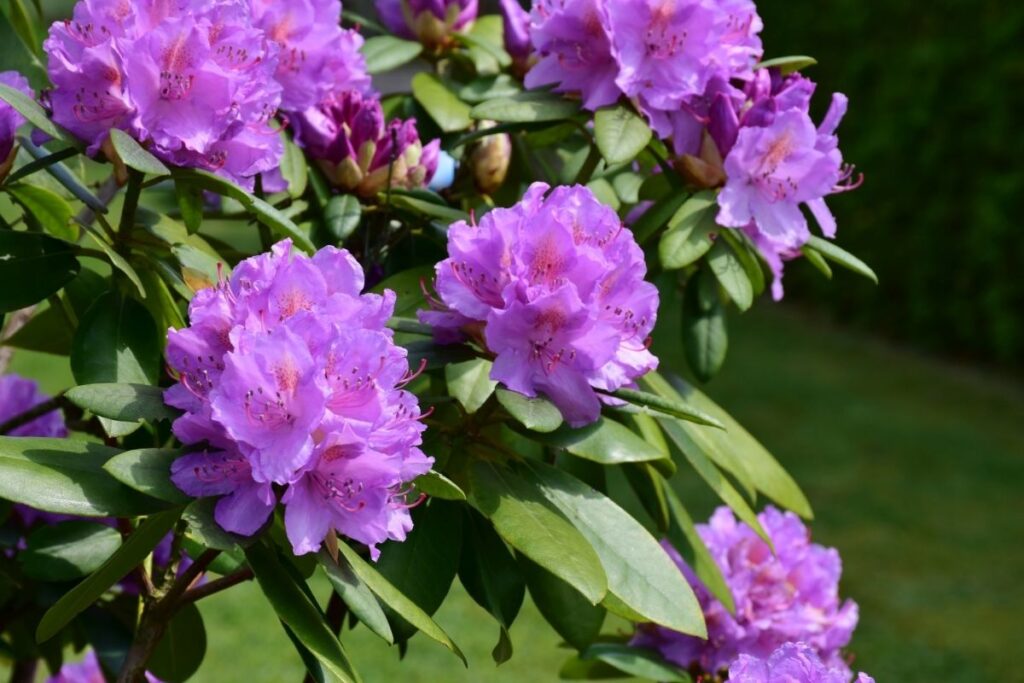
The Lappland Rosebay (Rhododendron lapponicum) has distinctive white spotted dark green leaves, which poke out from damp soil. In addition, it produces frilly purple flowers ideal for those that want a color pop in their typically prone to wet weather landscape.
13. Hairy Stonecrop (Sedum Villosum)
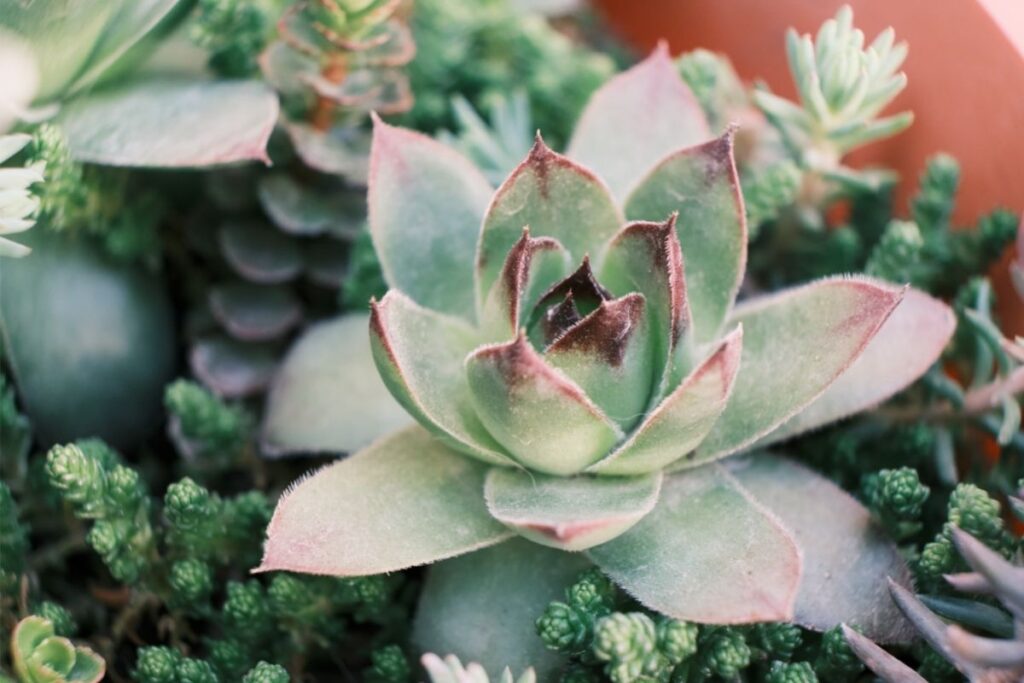
The funky-sounding Hairy Stonecrop (Sedum villosum) has short fluffy bits covering its puffy leaves and stems, giving it its name. As if that wasn’t adorable enough, the white flowers and pink buds that these tiny species grow are a charming yet hardy addition to any suitable environment.
14. Arctic Bellflower (Campanula Uniflora)
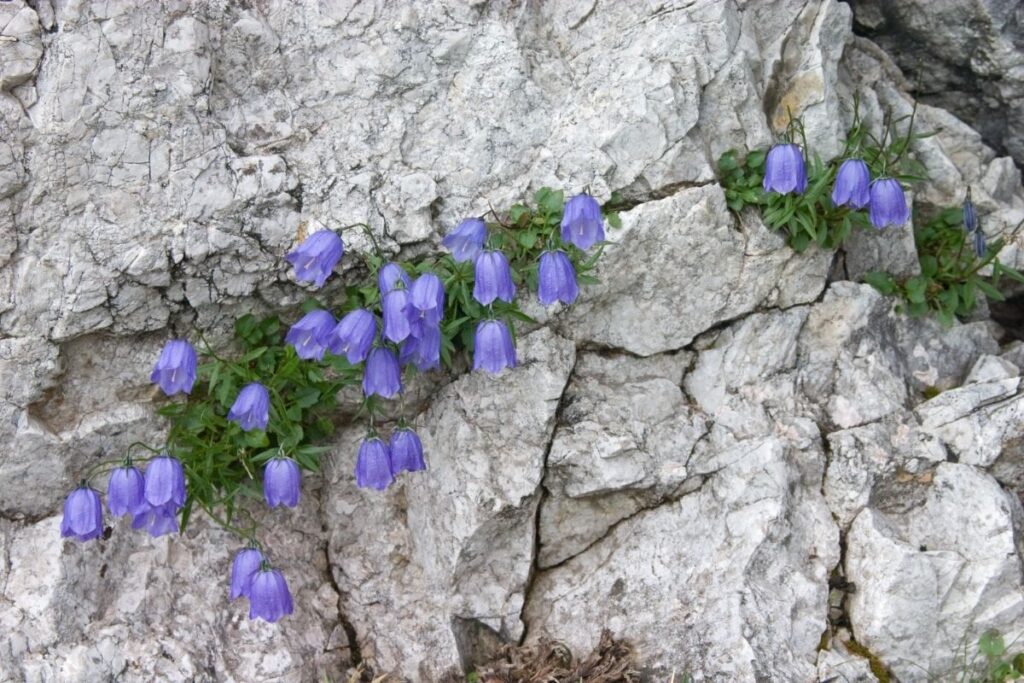
Able to withstand super cold temperatures, the Arctic Bellflower (Campanula uniflora) grows icy blue blooms that are similar to bluebells. This little wildflower has long green stems, adores being in a damp environment, and thrives in tiny rocky cracks.
15. Alpine Sagewort (Artemisia Norvegica)
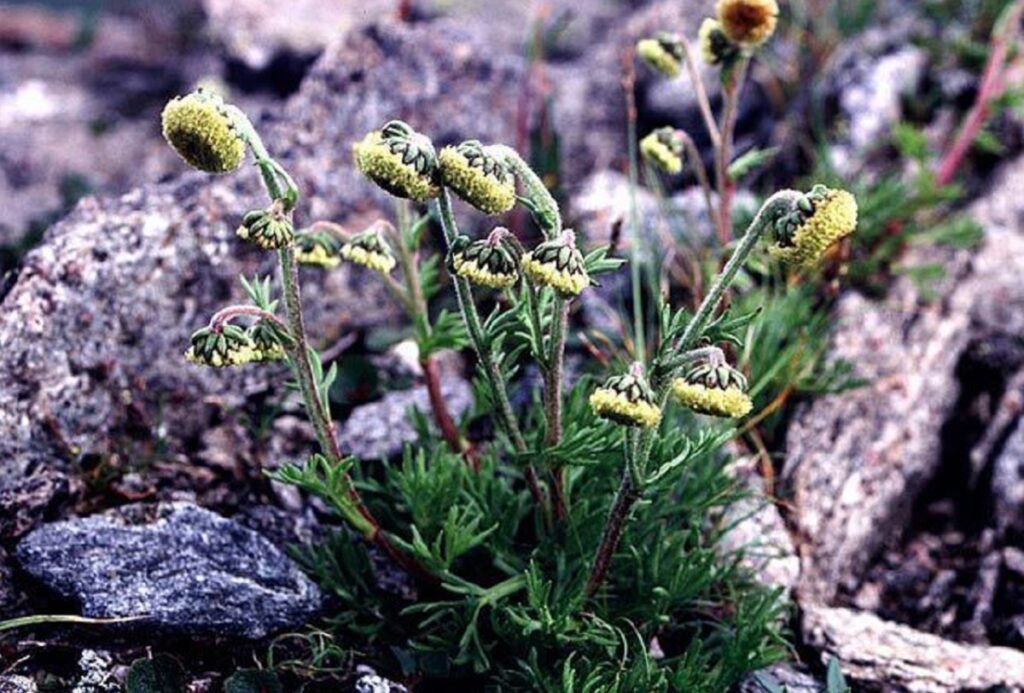
To care for this wildflower properly, we recommend planting it in very gravelly soil, which is in a well-draining spot to reach its full potential. The plant has unique shaped blossoms, which form an interesting circular pattern and are encased by pointed leaves.
16. Pincushion Plant (Diapensia lapponica)
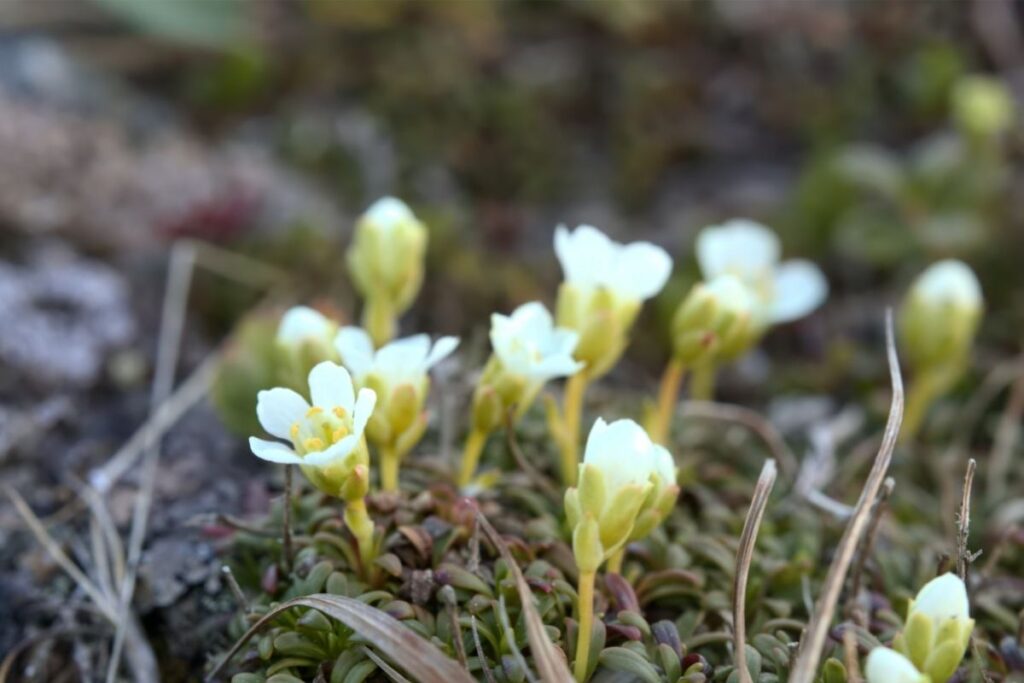
The Pincushion Plant (Diapensia lapponica) has pure white blooms, which form an upwards trumpet-end shape and have little pollinator-friendly yellow centers. The foliage framed the central vertical stem perfectly, and these shiny green leaves arch outwards and have gorgeously soft edges.
17. Common Butterwort (Pinguicula Vulgaris)
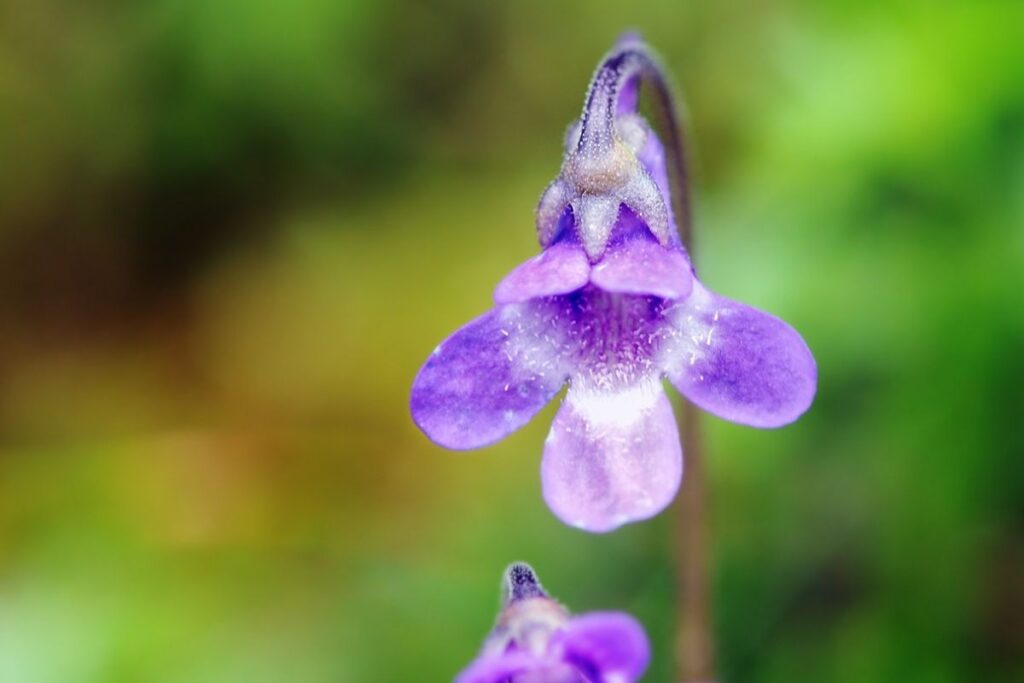
The Common Butterwort (Pinguicula Vulgaris) produces purple petals with dark, speckled stems, which look fluffy. This gorgeous wildflower has long, relatively flat petals, which are similar in structure to irises, so ideal if you want a color pop.
18. Alpine Azalea (Kalmia Procumbens)
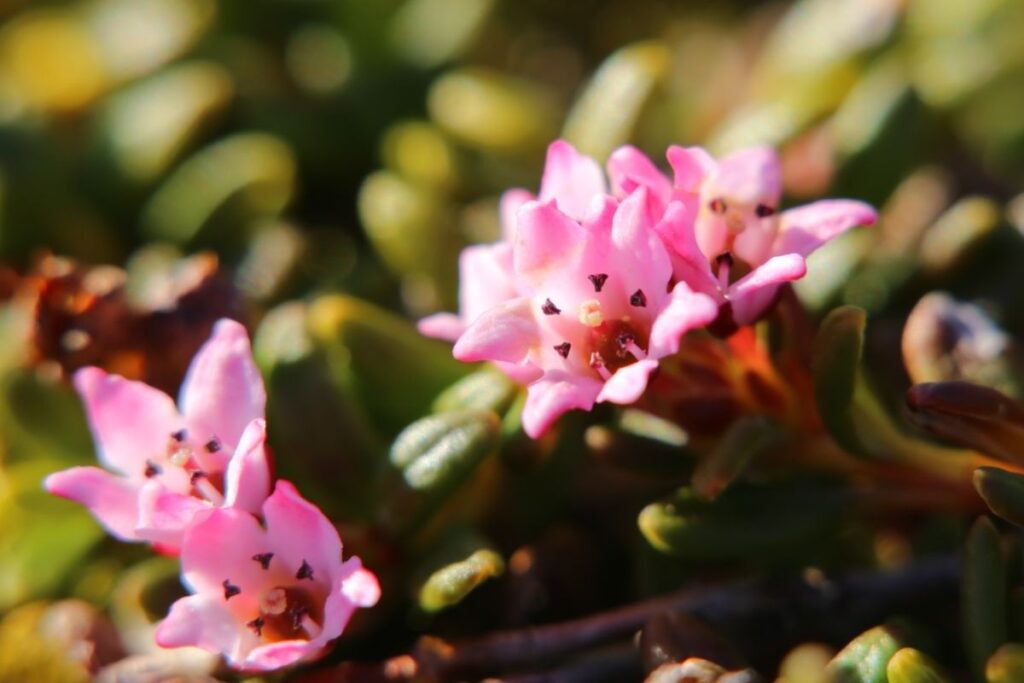
Are you searching for a cute wildflower that grows light pink petals and can thrive in a rockery? If so, we recommend considering getting yourself an Alpine Azalea (Kalmia procumbens) because it has pretty blossoms, puffy leaves, and is super hardy.
19. Moss Bell Heather (Harrimanella Hypnoides)
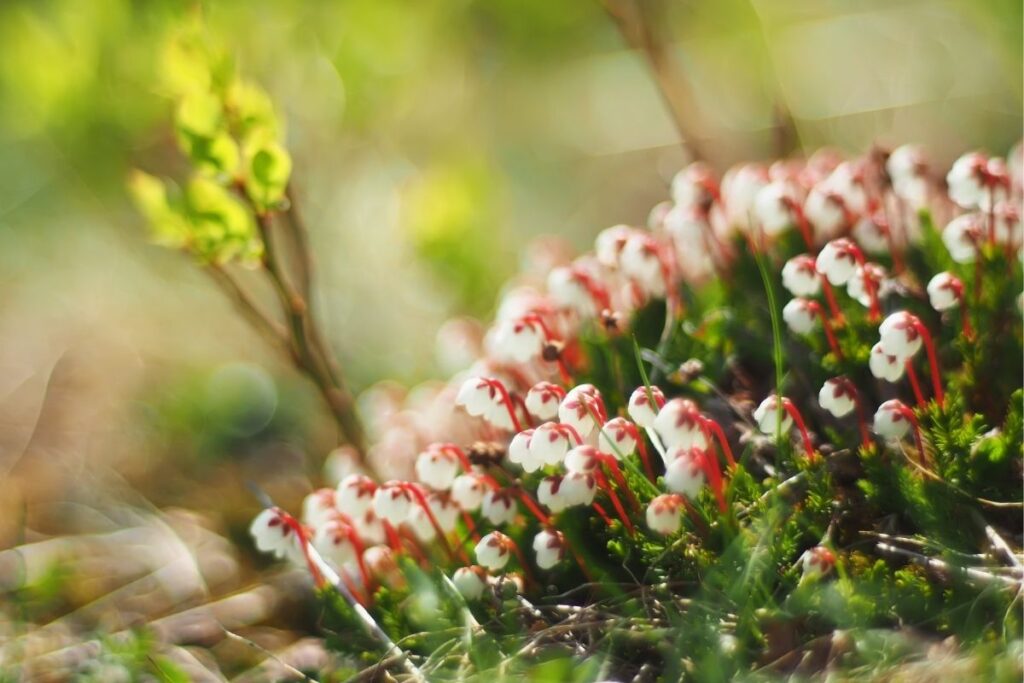
The Moss Bell Heather (Harrimanella hypnoides) has adorably delicate and round white flowers held by magenta petals. The foliage is small and spiky, photosynthesizing well when placed in well-draining soil and given moderate moisture.
20. Pygmy Buttercup (Ranunculus Pygmaeus)
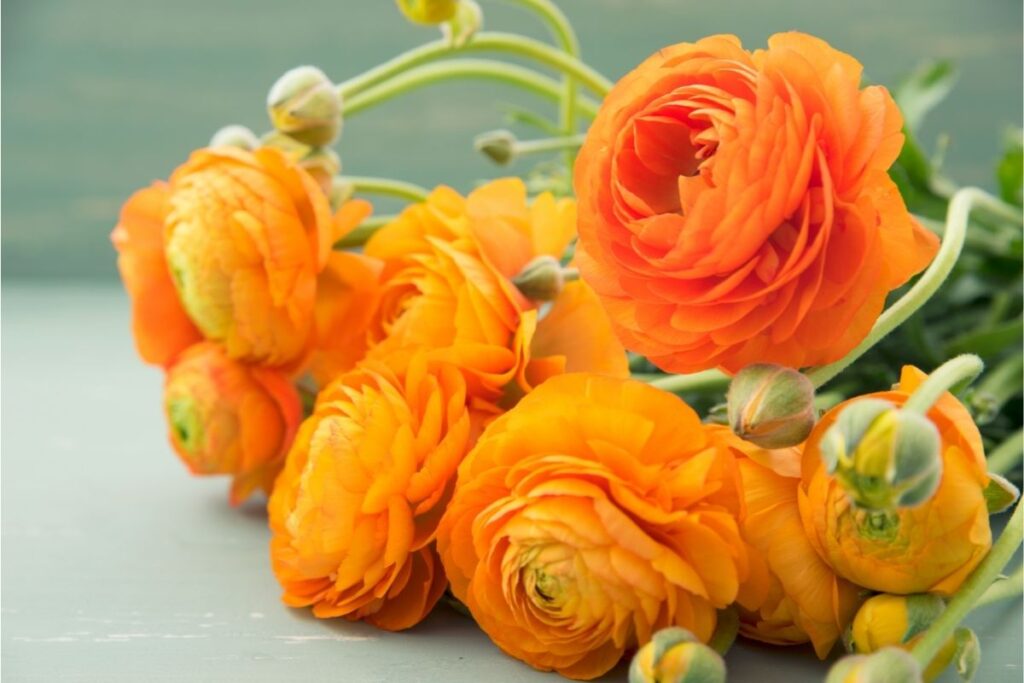
If you’re looking for a plant that pollinators will love, we recommend getting the Pygmy Buttercup (Ranunculus pygmaeus) as it is super attractive to hungry insects.
In addition, the bright yellow flowers are characteristic of this plant. They will help keep the surrounding area healthy when the flying creatures visit.
21. Glazier Buttercup (Ranunculus Glacialis)

The Glazier Buttercup (Ranunculus glacialis) is an exciting take on the yellow version of the buttercup species because its flowers are dusky pink. The leaves have slightly rounded and pointed leaves, which fan out beautifully, lapping up the UV Rays to keep growing.
22. Nodding Saxifrage/Knoppsildre (Saxifraga Cermua)
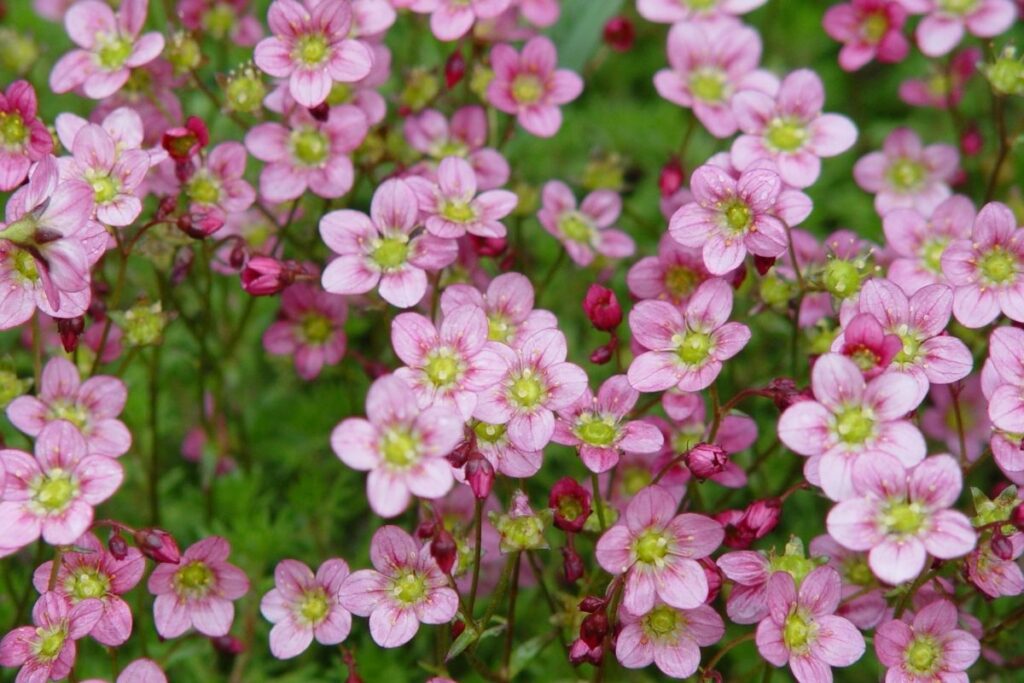
If you have an exposed and mossy spot in your landscape and don’t know what to put in it, we recommend planting Nodding Saxifrage/ Knoppsildre (Saxifraga cermua) because it will thrive there.
This plant has shiny fanning leaves, which produce white blossoms with pink buds sprouting from a thick central stem.
23. Tufted Saxifrage/Tuesildre (Saxifraga Cespitosa)
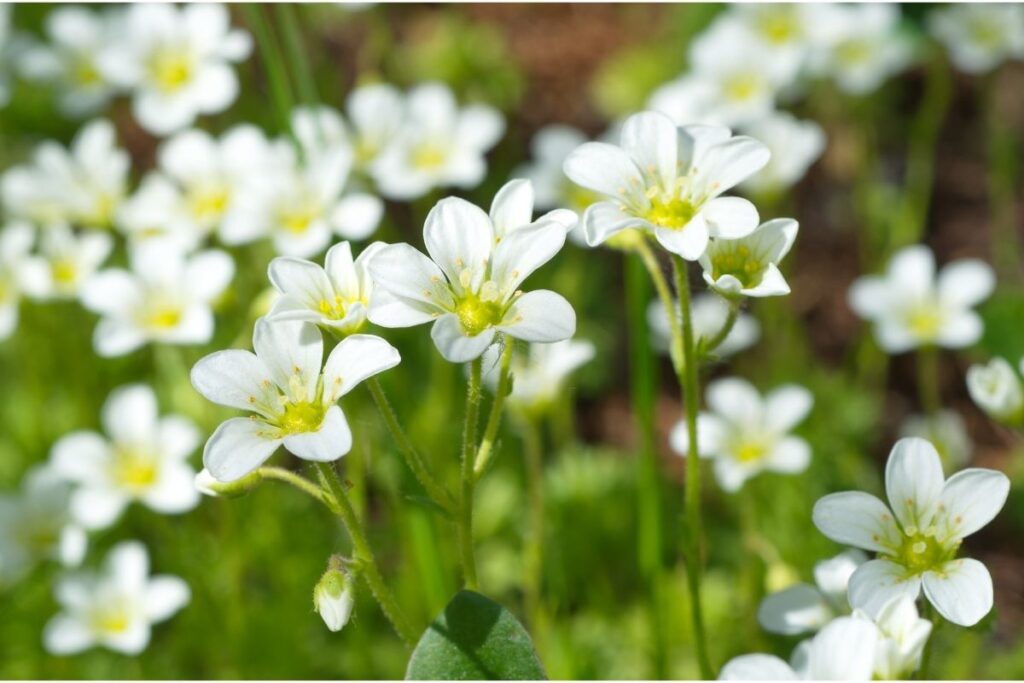
The Tufted Saxifrage/ Tuesildre (Saxifraga cespitosa) has stunningly elegant flowers with snow-white petals and yellow lines with golden centers. To carefully nurture this species, we recommend placing it in a rockery and ensuring it has access to at least partial sunlight.
24. Alpine Saxifrage – Ottertail Pass Saxifrage – Slender Saxifrage/Grannsildre (Micranthes Tenuis)
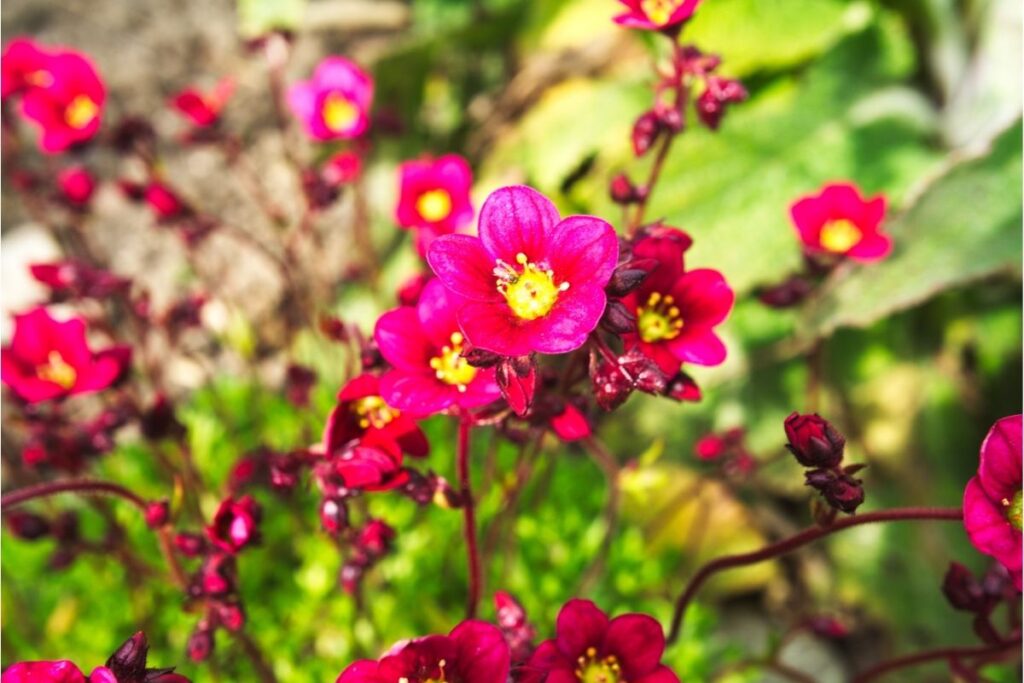
When placed in a rockery or alpine setting, this species has mahogany thick stems with light pink flowers reaching skywards. At the base, this plant will grow long, smooth rounded foliage, which frames the solid branches and absorbs as much sunlight as it can.
25. Hawkweed-leaved Saxifrage (Stiff Stem Saxifrage)/Stivsildre (Micranthes Hieracifolia)
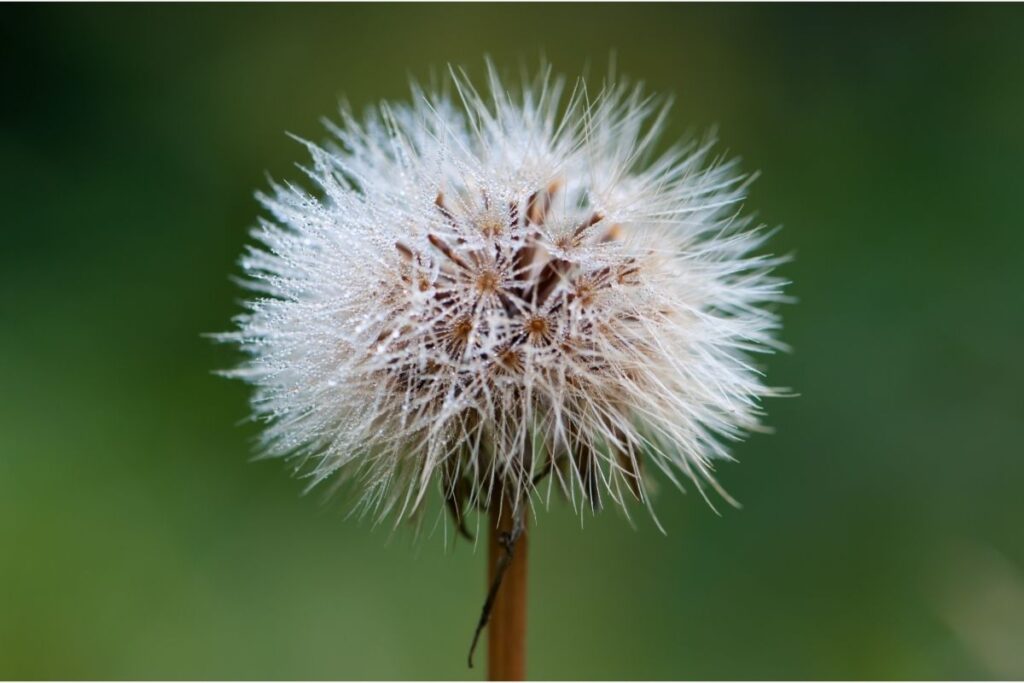
The Hawkweed-leaved Saxifrage (Stiff Stem Saxifrage)/ Stivsildre (Micranthes hieracifolia) species has long straight brown stems with similar colored blossoms. Ideal if you have a rocky or mountainous landscape you want to fill with plants, this species can thrive in well-draining soil.
26. Wedgeleaf Saxifrage (Saxifraga Adscendens)
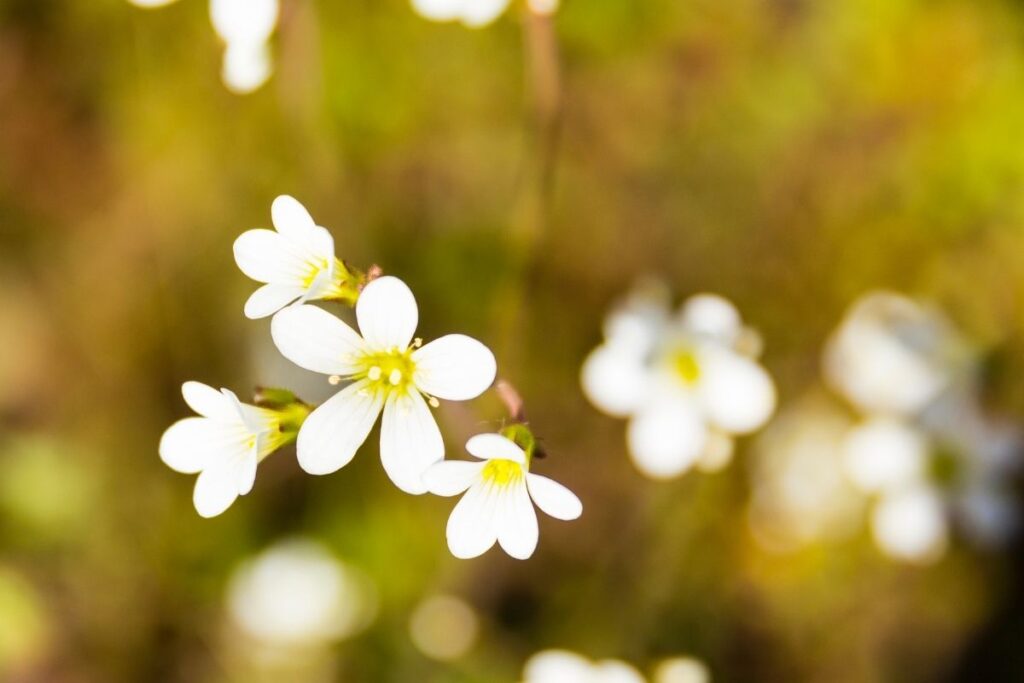
The Wedgeleaf Saxifrage (Saxifraga adscendens) has white blooms with five petals each. It would make a cute addition to any delicate wedding bouquet. The flowers have equally adorable light green stems, which match the flowers’ centers.
27. Purple Saxifrage (Saxifraga Oppositifolia)
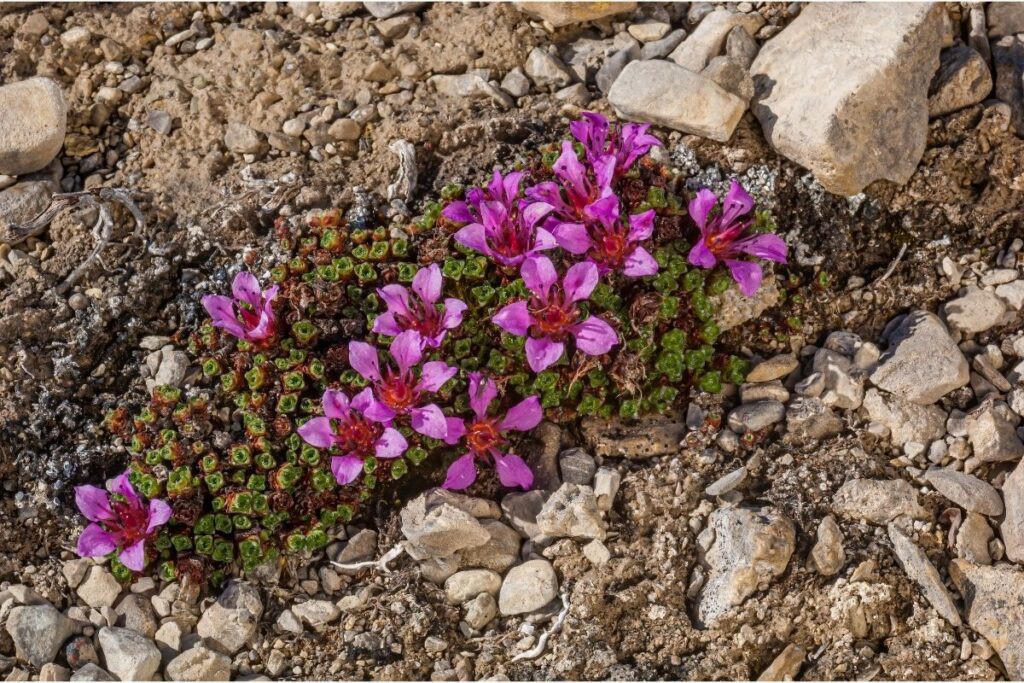
Are you searching for an eye-catching plant that will survive in a dense, hardy environment? If so, the Purple Saxifrage (Saxifraga oppositifolia) has lilac-colored blossoms, which are a pleasing addition to any garden.
Conclusion
There are many Norwegian flowers, which suit varying landscaping abilities so that you can choose the right ones for you. Our favorite that we’ve run through is the Glazier Buttercup (Ranunculus glacialis) because it has beautiful muted pink blossoms.
We advise considering the soil conditions you have access to before buying any plants, as this can seriously impact your ability to properly nurture the species.







